ARTnews
Time Out New York
ArtsGazing
Hyperallergic
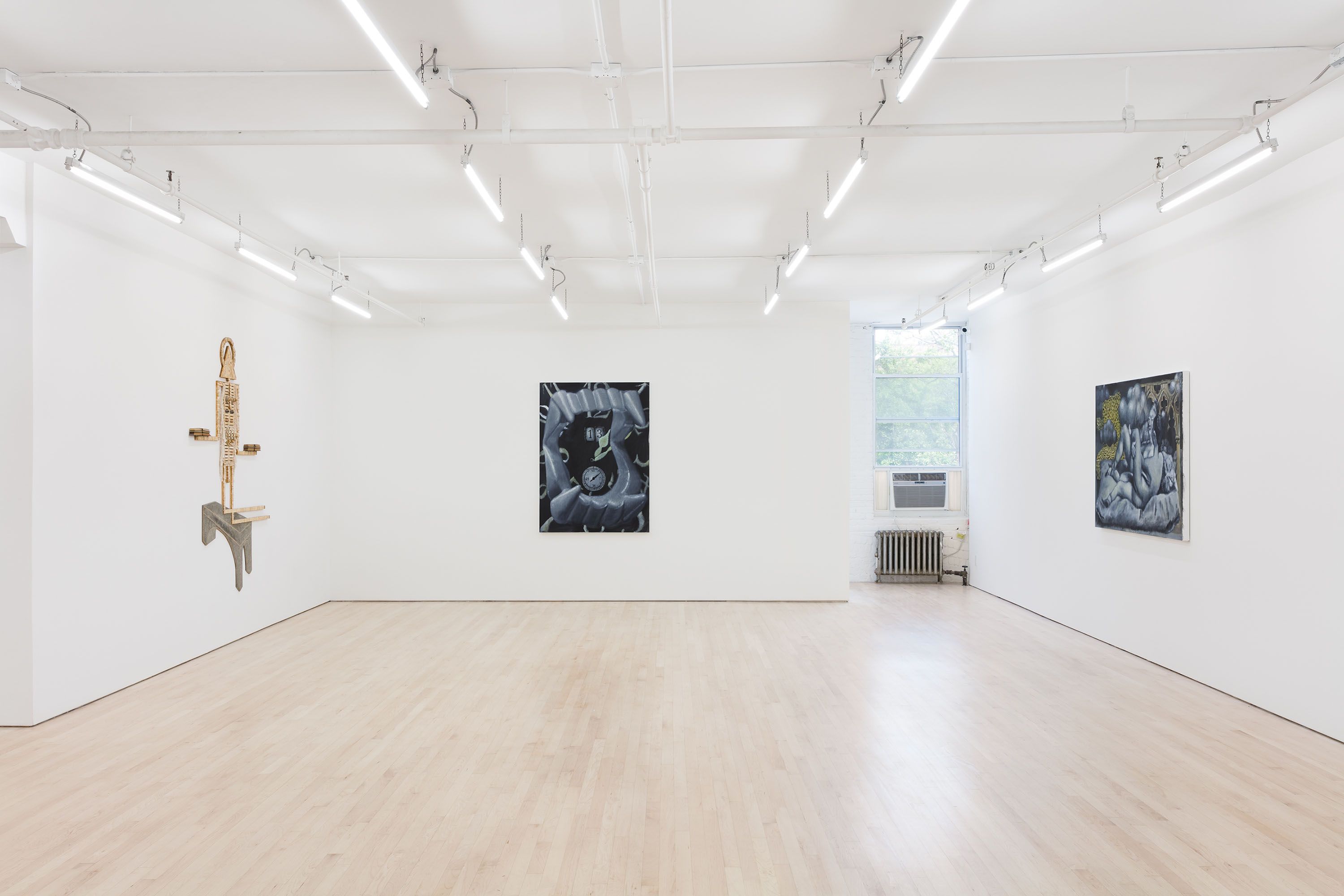
JTT is proud to present I came as soon as I heard, a two-person exhibition with sculptor Margaret Wharton (1943 - 2014) and painter Issy Wood (b.1993). Both Wharton and Wood share an acute sensitivity to the psychological pull of domestic objects as well as the impulse to anthropomorphize them.
Margaret Wharton is primarily known for deconstructing kitchen chairs with a bandsaw, meticulously separating them into thin layers of wood, and reconstructing the fragments into entirely new identities. Her prolific practice began after graduating from the School of the Art Institute in 1975, where her professional life was greatly encouraged by her teachers Richard Keene, Ray Yoshida, Jim Zanzi, and the art historian Jack Burnham. She was also influenced by H.C. Westermann’s carpentry, Lucas Samaras’s 1960s chair transformations, and Tramp Art—a turn-of-the-century genre of wood carving. Stolen Base, 2008, is a whimsy chain, a type of technique that originated as part of Tramp Art that involves making a linked chain from a single piece of found wood. Each link of the chain is carved around the next such that there is not a single seam. Much of her work from the late 1970s and early 1980s was made only from the materials of a single chair and, as such, keeps to the ethos of the whimsy chain’s devotion to a single object as material. In her reconstructions, Wharton’s chairs became figurative and took on spirits and psyches of their own. Bipolar, 2011, is a chair reconstructed into a figure who holds their hands to their head. Its surface is covered in compasses. On a shelf beside the object lies a magnet that viewers can wave in front of the piece, a force that causes the compasses to lose their true north.
Issy Wood’s practice consists of figurative and still life painting on linen, velvet, and clothing. Wood was born in America to British parents, but grew up in London and some of her paintings are carefully cropped portraits of the women you might find walking around Mayfair—represented by antique teapots and tableware, tightly cinched torsos, and acrylic nails. Wood has also made numerous portraits of Joan Rivers, who is not from Mayfair but shares its obsession with opulent possessions. Some of Wood’s painted objects—such as the teapot in The hen night—come from estate auction catalogs, usually women’s estates, that are treasure troves of fetishized objects. Wood is interested in the abnormal degree of psychological pull certain opulent objects have on certain women. In a recent essay by Margaret Kross, she writes, “Glamour is another protective façade, a kind of armor—for anxi- eties about the female body, economic class, mental health—and, thus, intimately entwined with the experience of pain.” Wood’s painting Me in 2007, 2019, is an intimate painting at only 4 x 4 inches, but it powerfully stands beside Wood’s other paintings in this show. It is a skeletal self-portrait, fleshy skin is wrapped around cheekbones with two rows of teeth that are small and tight like a delicate string of pearls. The skeleton’s smile is mimicked in another work titled The dream / I came as soon as I heard, 2019, in which oversized dentures seem to float over a stone relief. Dismembered dentures, like a skeleton’s teeth, have an infinite stoic poise—another protective facade for unknown, hidden anxieties.
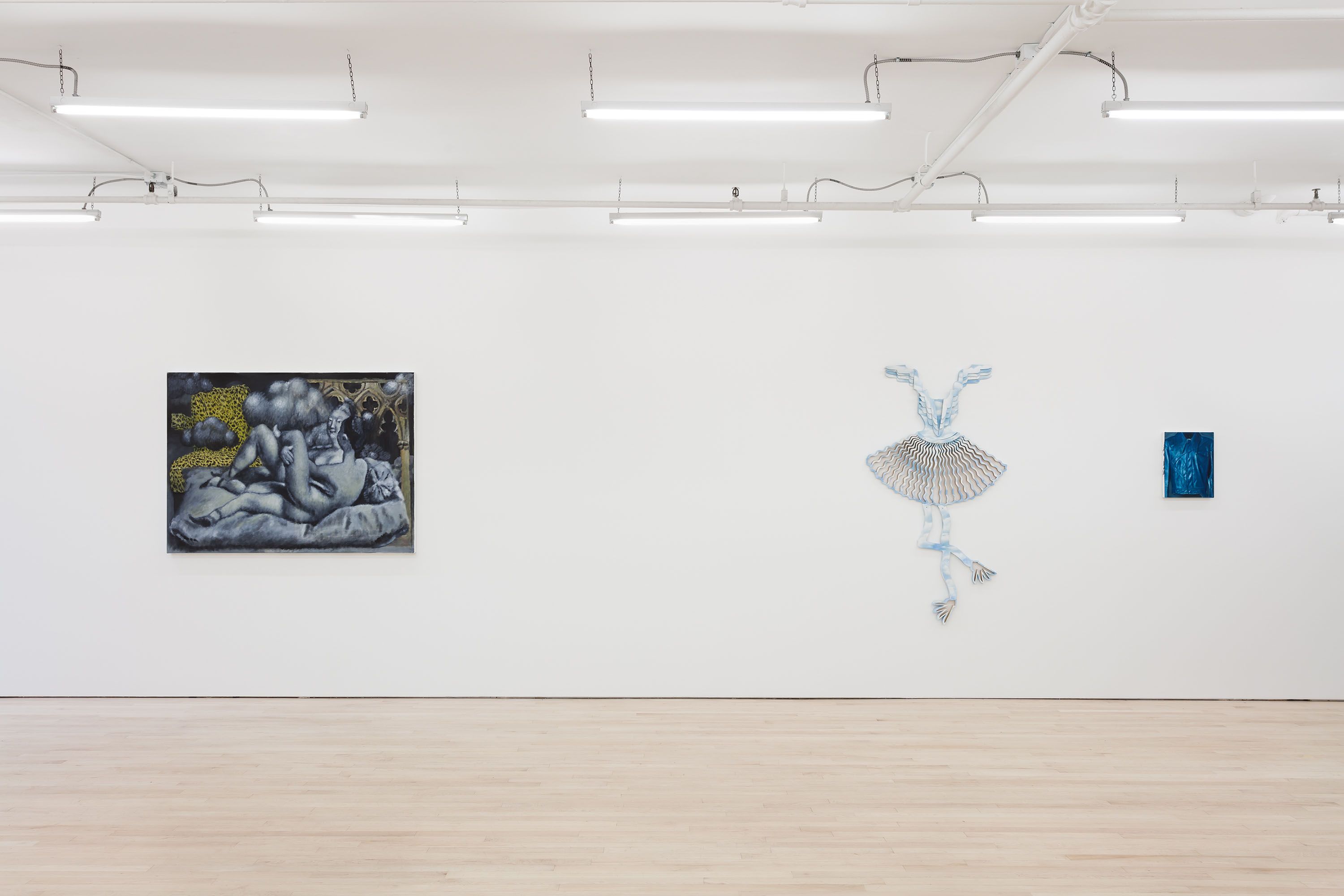
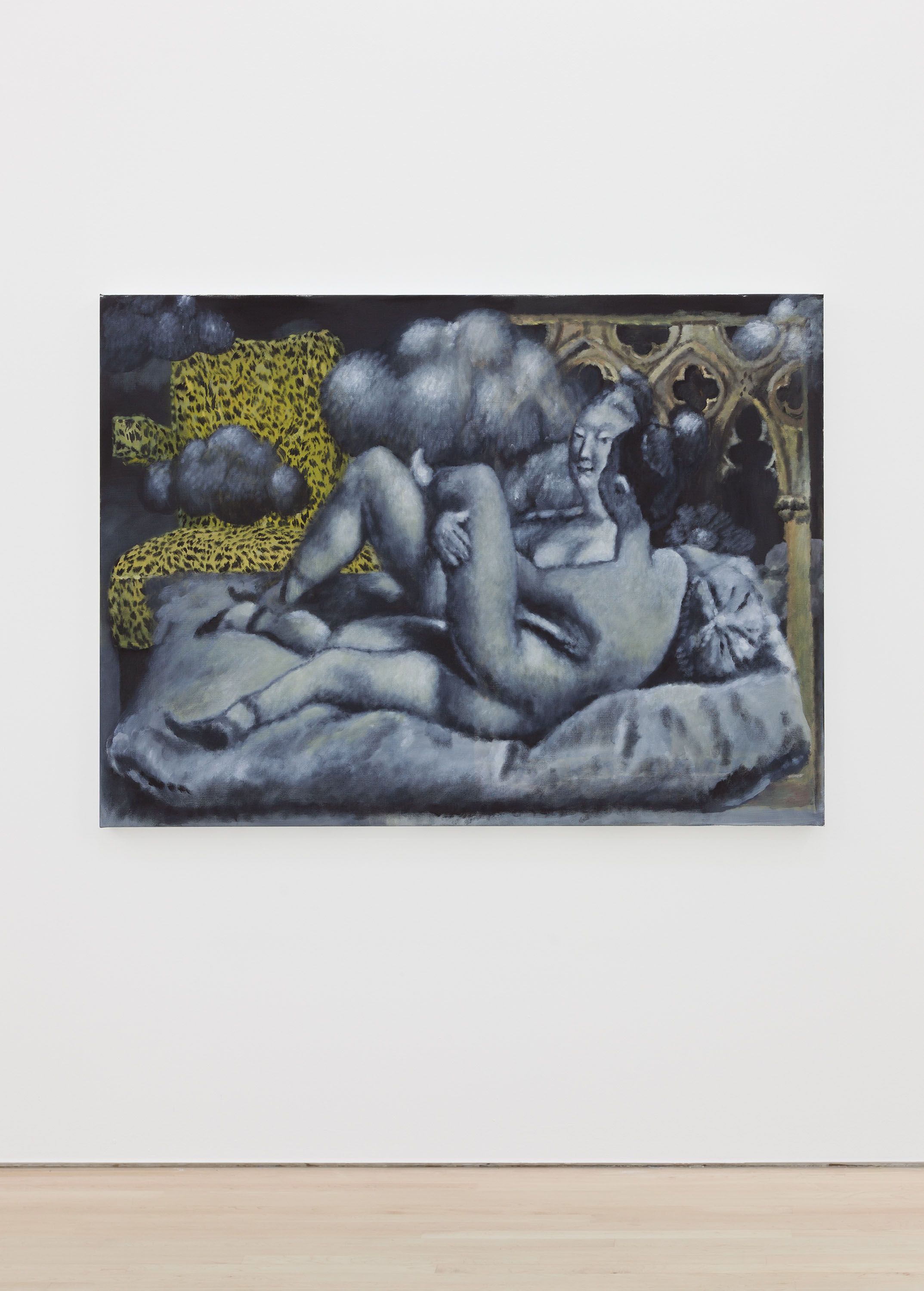
I scream you scream, 2019
oil on linen
43.5 x 59 in
110 x 150 x 4.5 cm
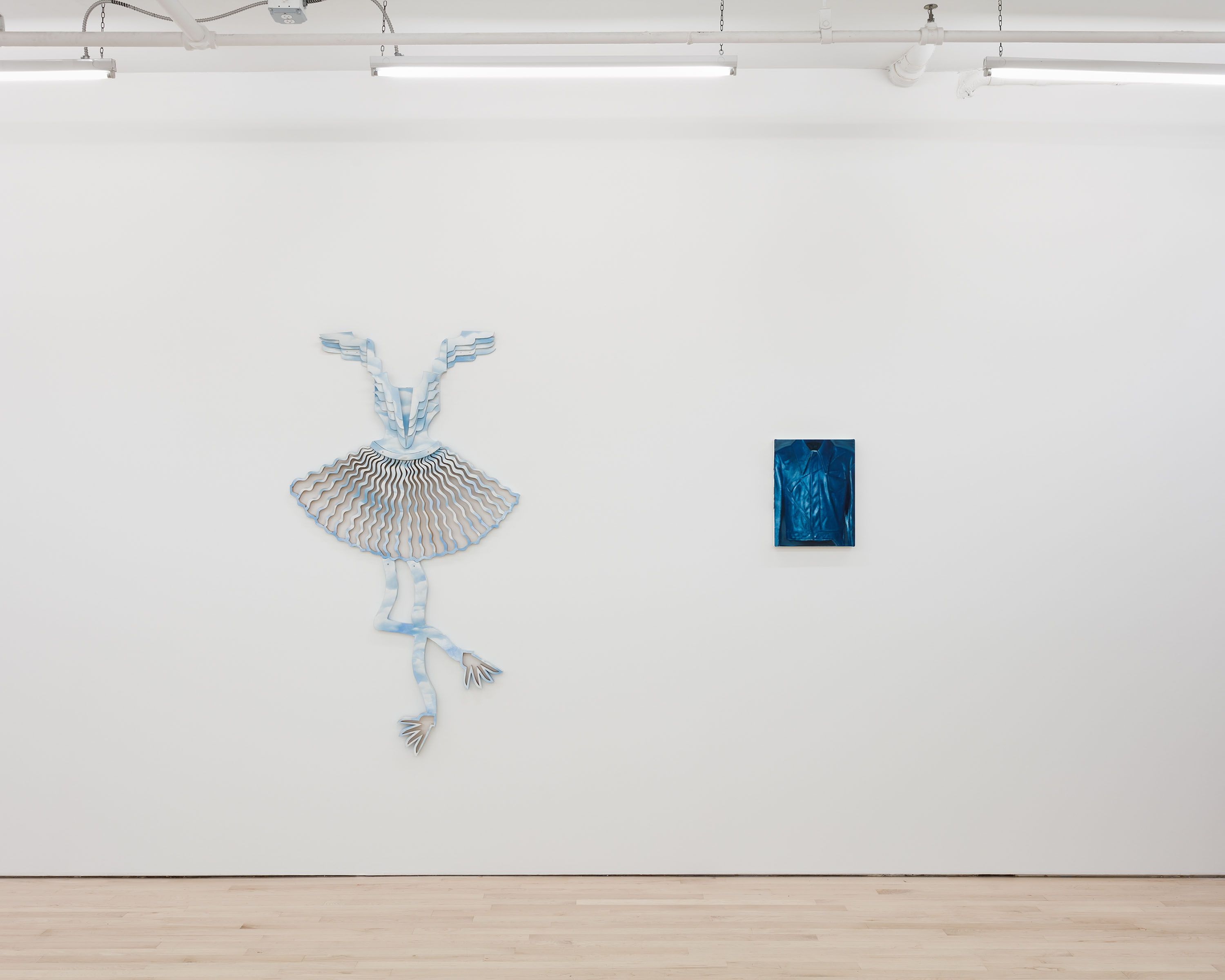
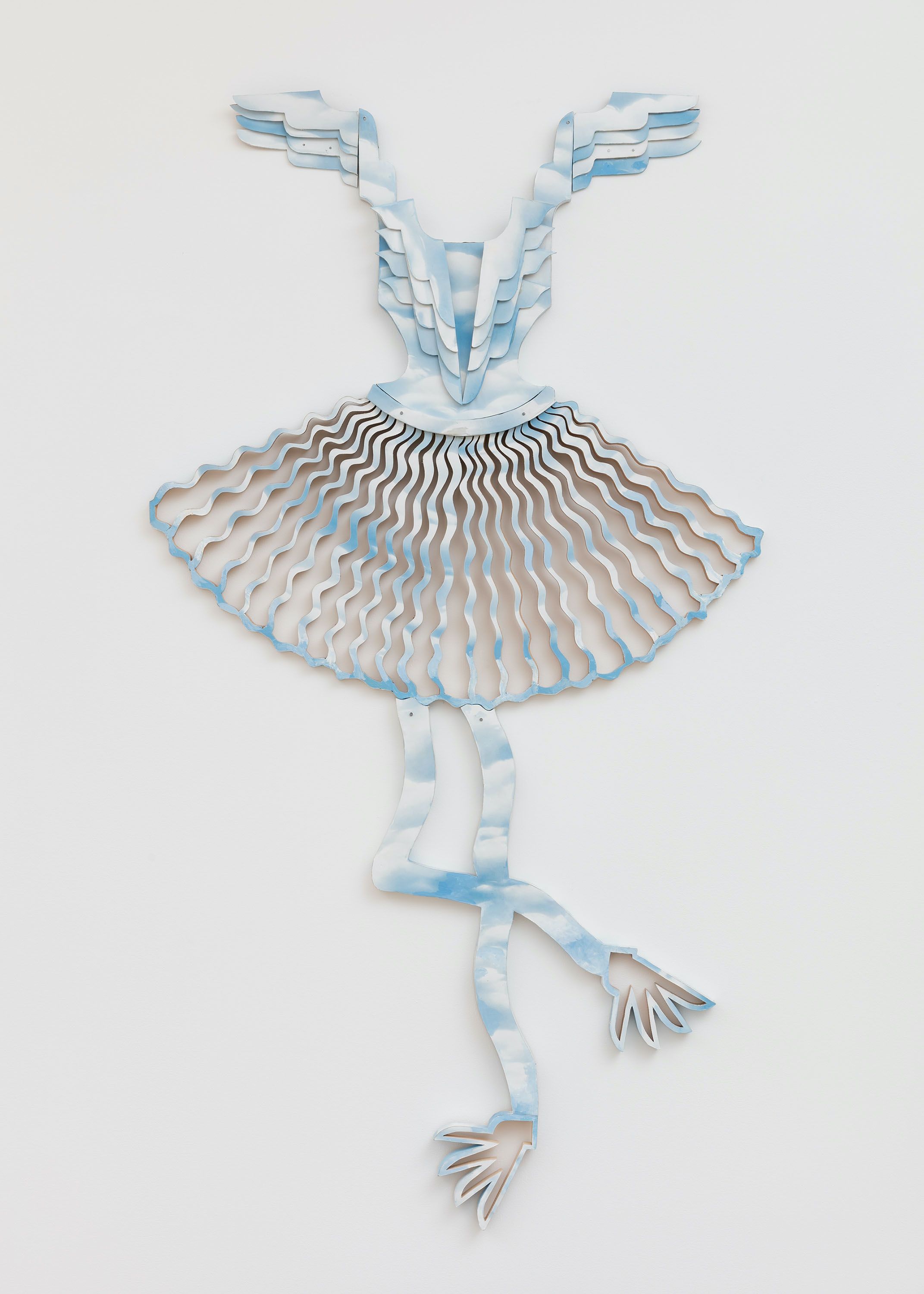
Friendly Skies, 2012
chair parts, paper, paint
63.5 x 34.5 x 2 in
161.5 x 87.5 x 5 cm

Friendly Skies, 2012 (detail)
chair parts, paper, paint
63.5 x 34.5 x 2 in
161.5 x 87.5 x 5 cm

Friendly Skies, 2012 (detail)
chair parts, paper, paint
63.5 x 34.5 x 2 in63.5 x 34.5 x 2 in
161.5 x 87.5 x 5 cm
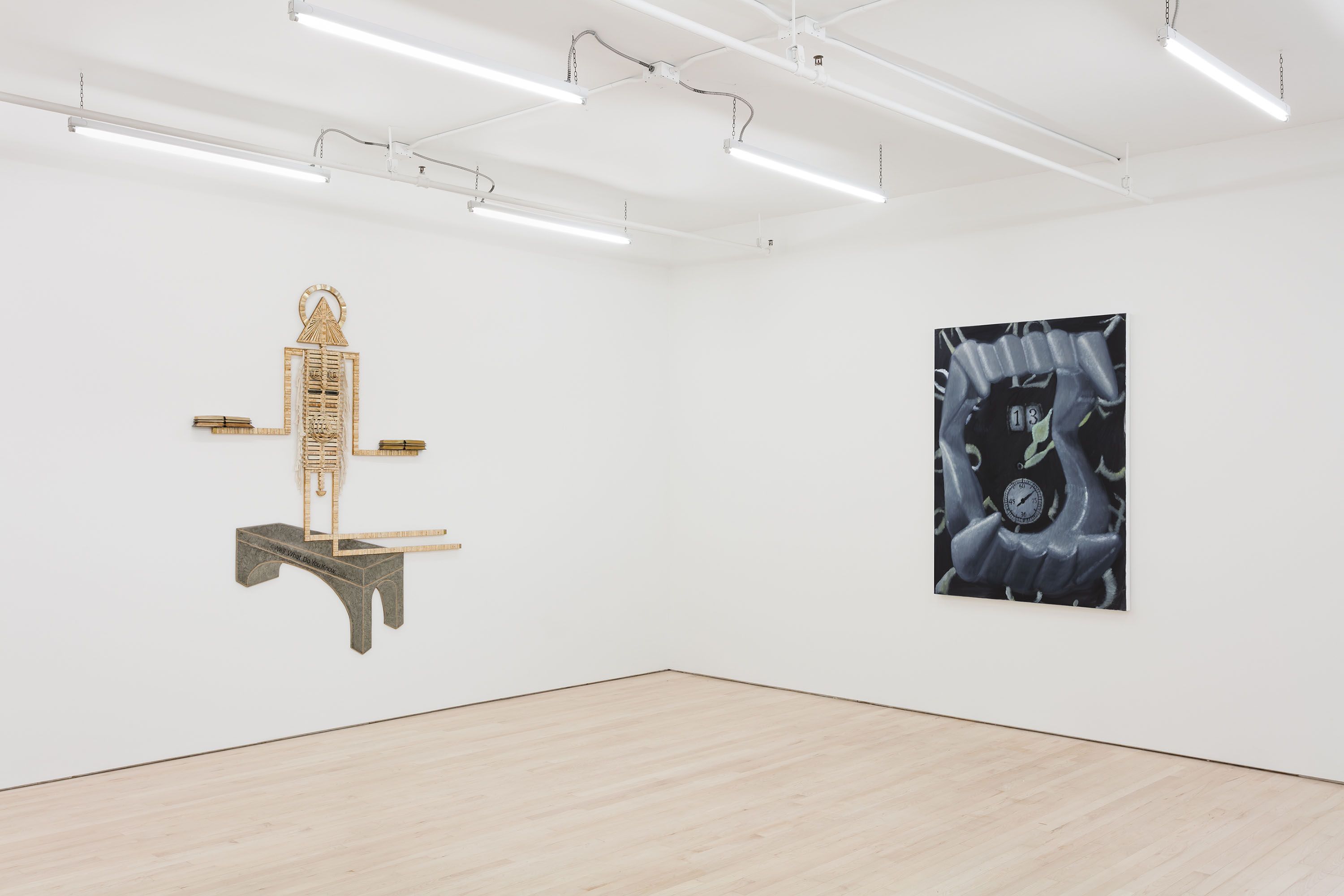
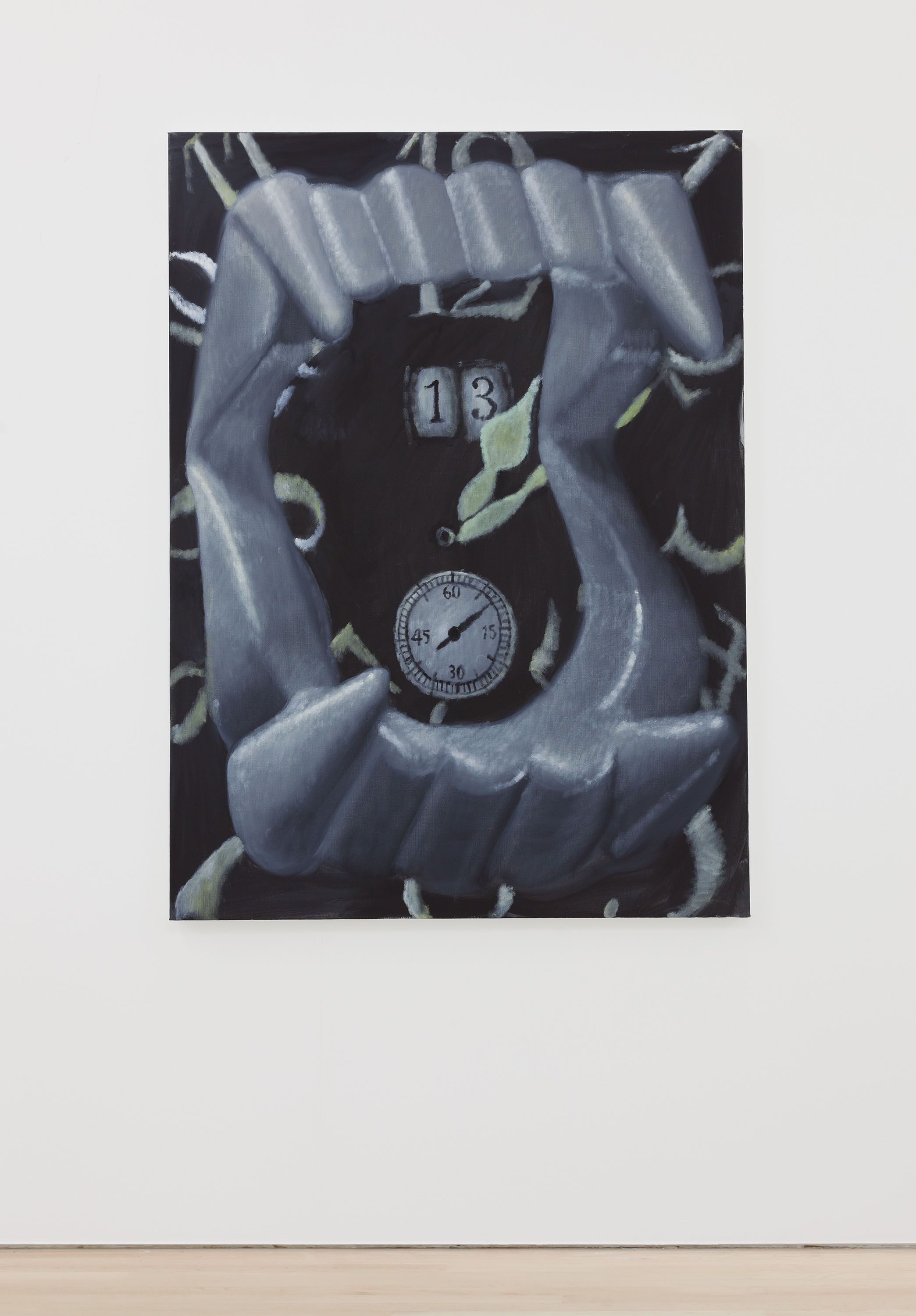
False arch, 2019
oil on linen
59 x 43.5 in
150 x 110 cm

All Knowledge and Truth Does Not Lie in Books, 1991
books, rulers, string, masonite
79 x 63 in
200.5 x 160 cm

All Knowledge and Truth Does Not Lie in Books, 1991 (details)
books, rulers, string, masonite
79 x 63 in
200.5 x 160 cm
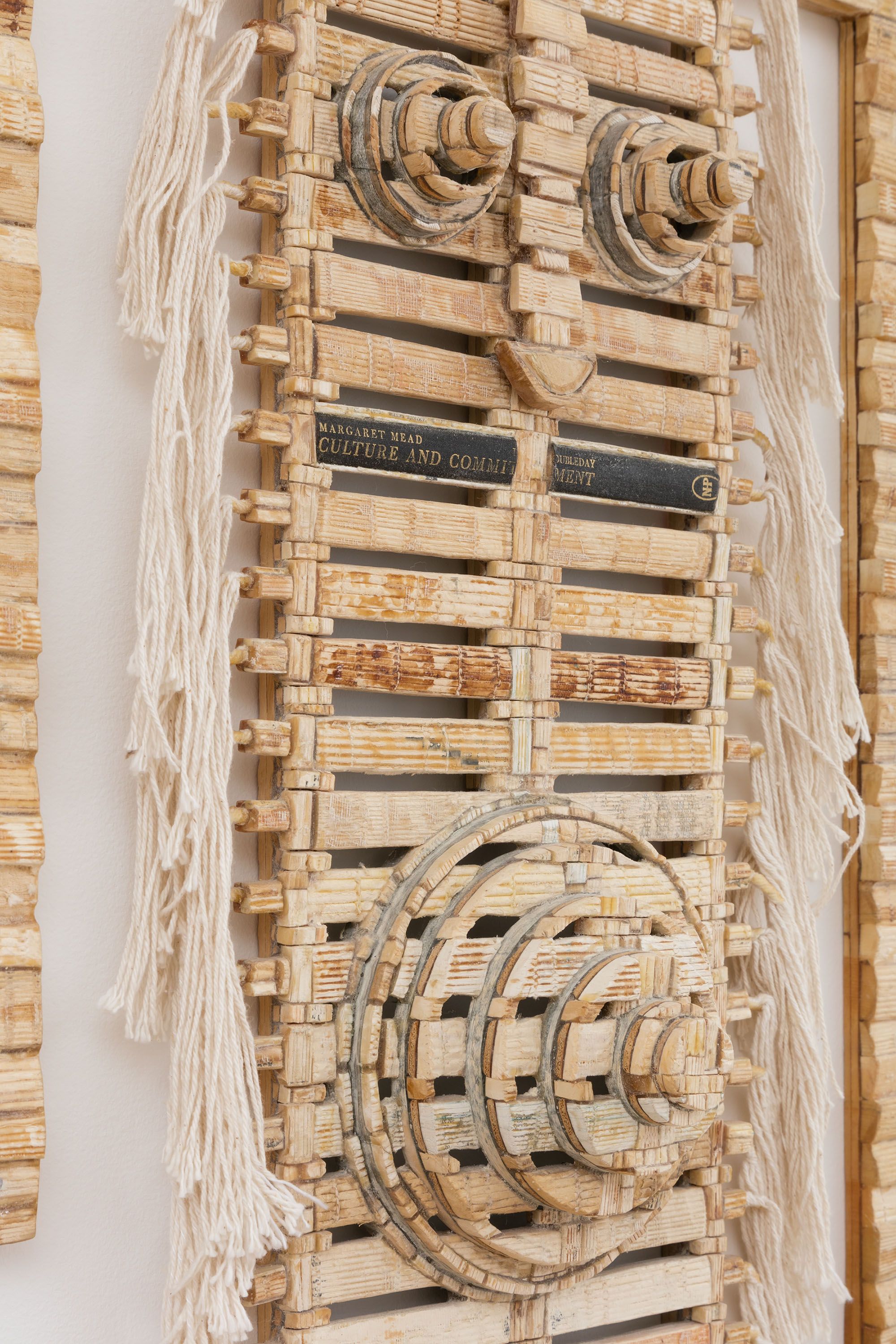
All Knowledge and Truth Does Not Lie in Books, 1991 (details)
books, rulers, string, masonite
79 x 63 in
200.5 x 160 cm
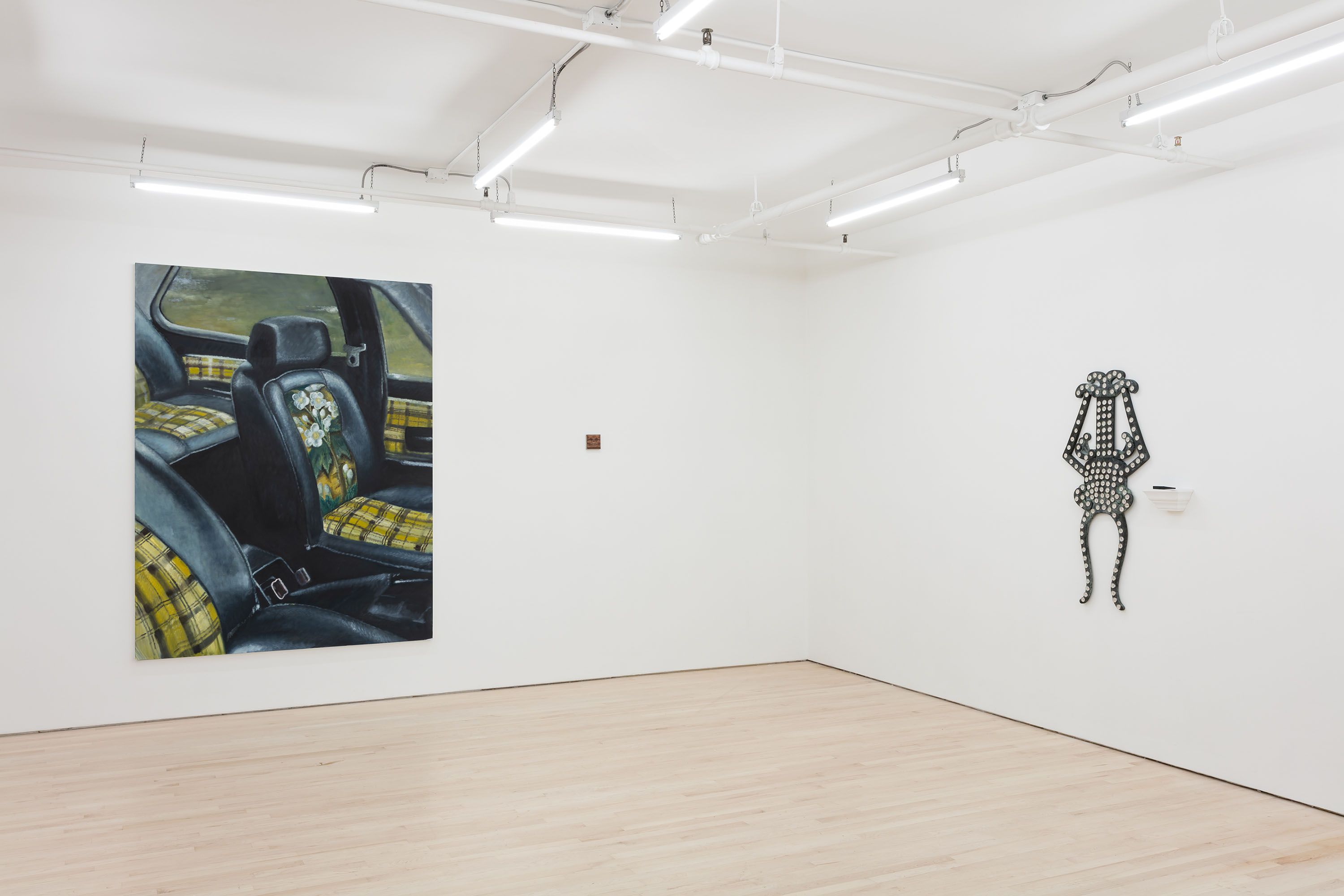
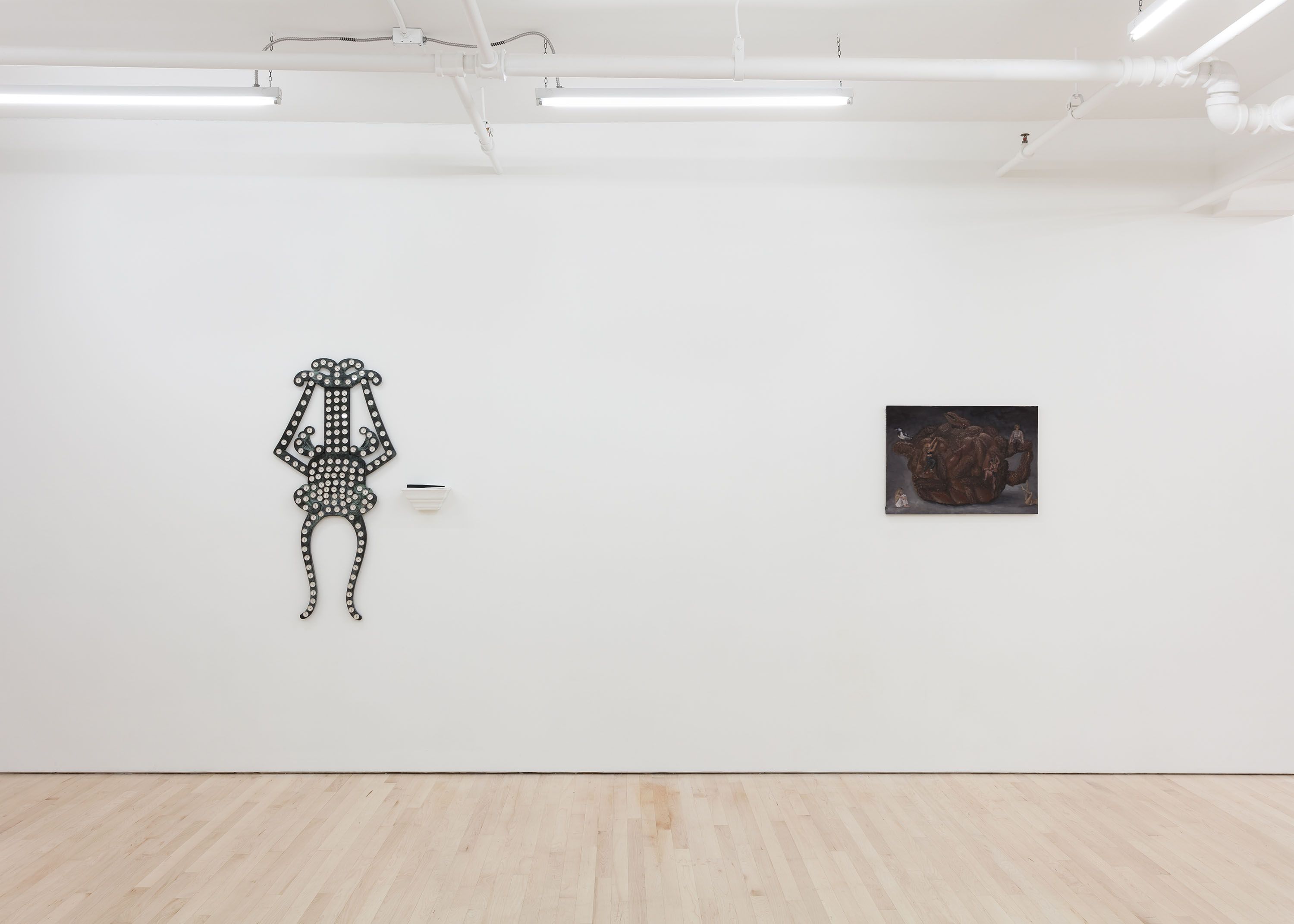
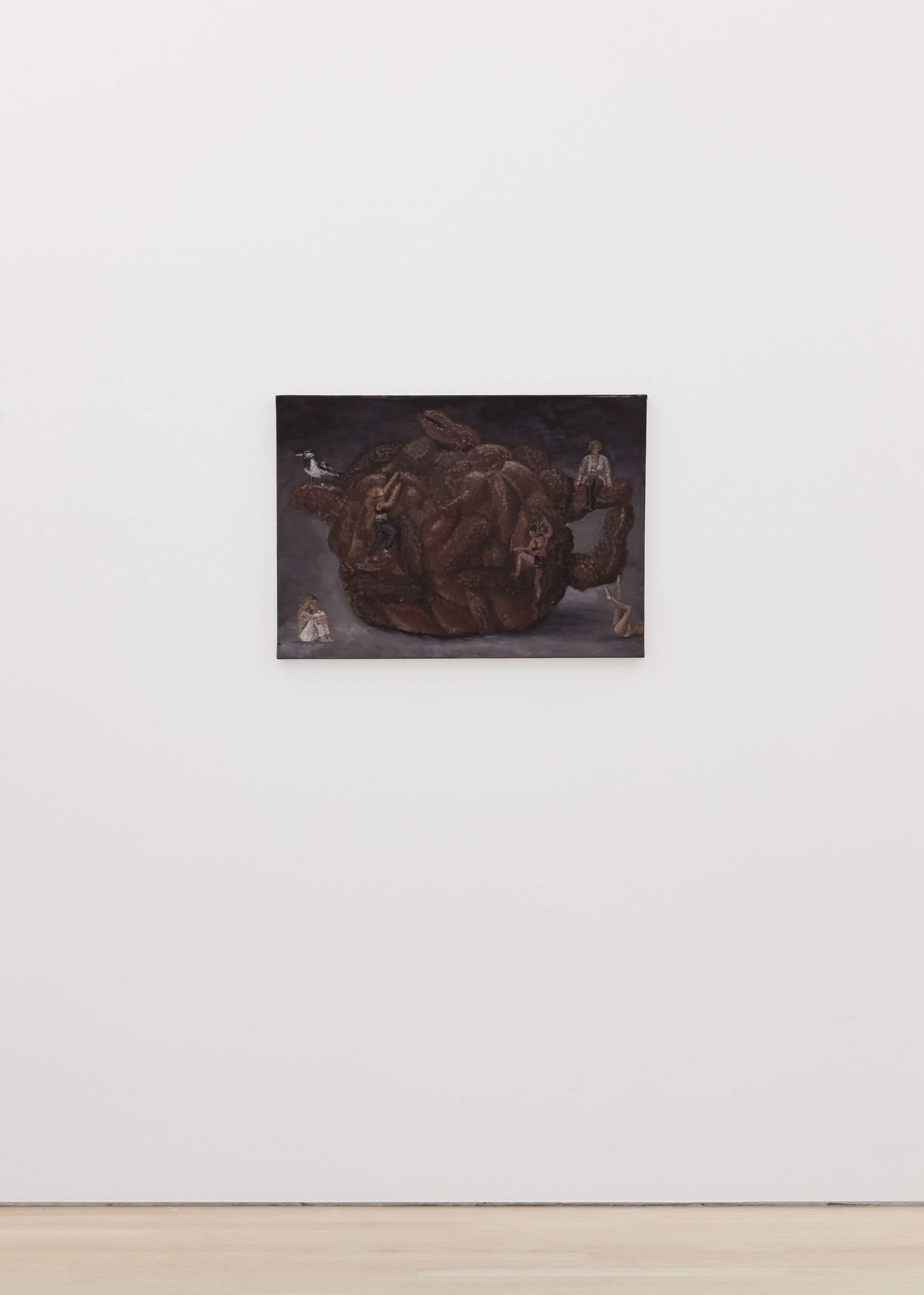
The hen night, 2019
oil on linen
20 x 27.5 in
50 x 70 cm
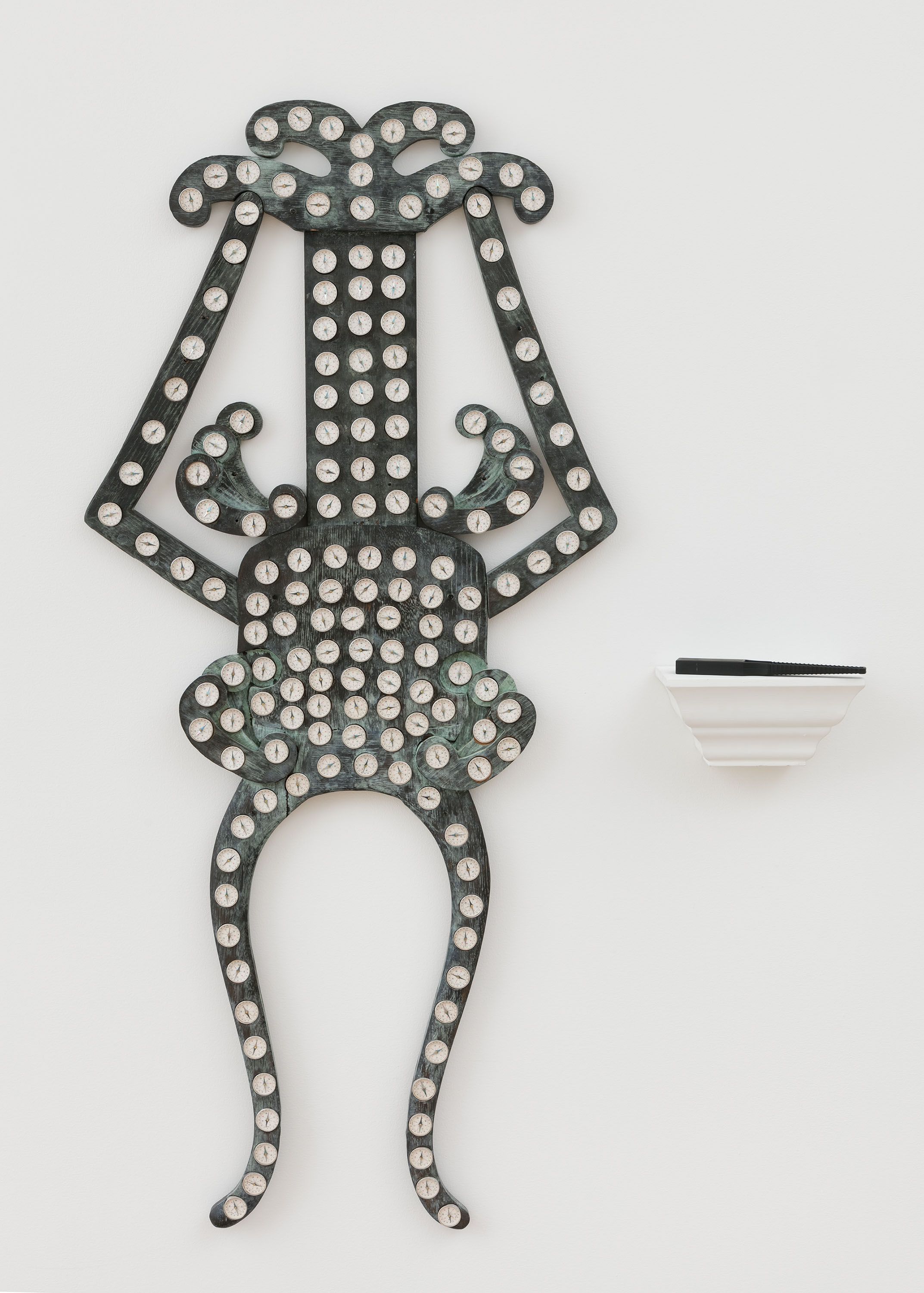
Bipolar, 2011
magnet, compasses, chair parts
47 x 22.5 in
119.5 x 57 cm

Bipolar, 2011 (detail)
magnet, compasses, chair parts
47 x 22.5 in
119.5 x 57 cm
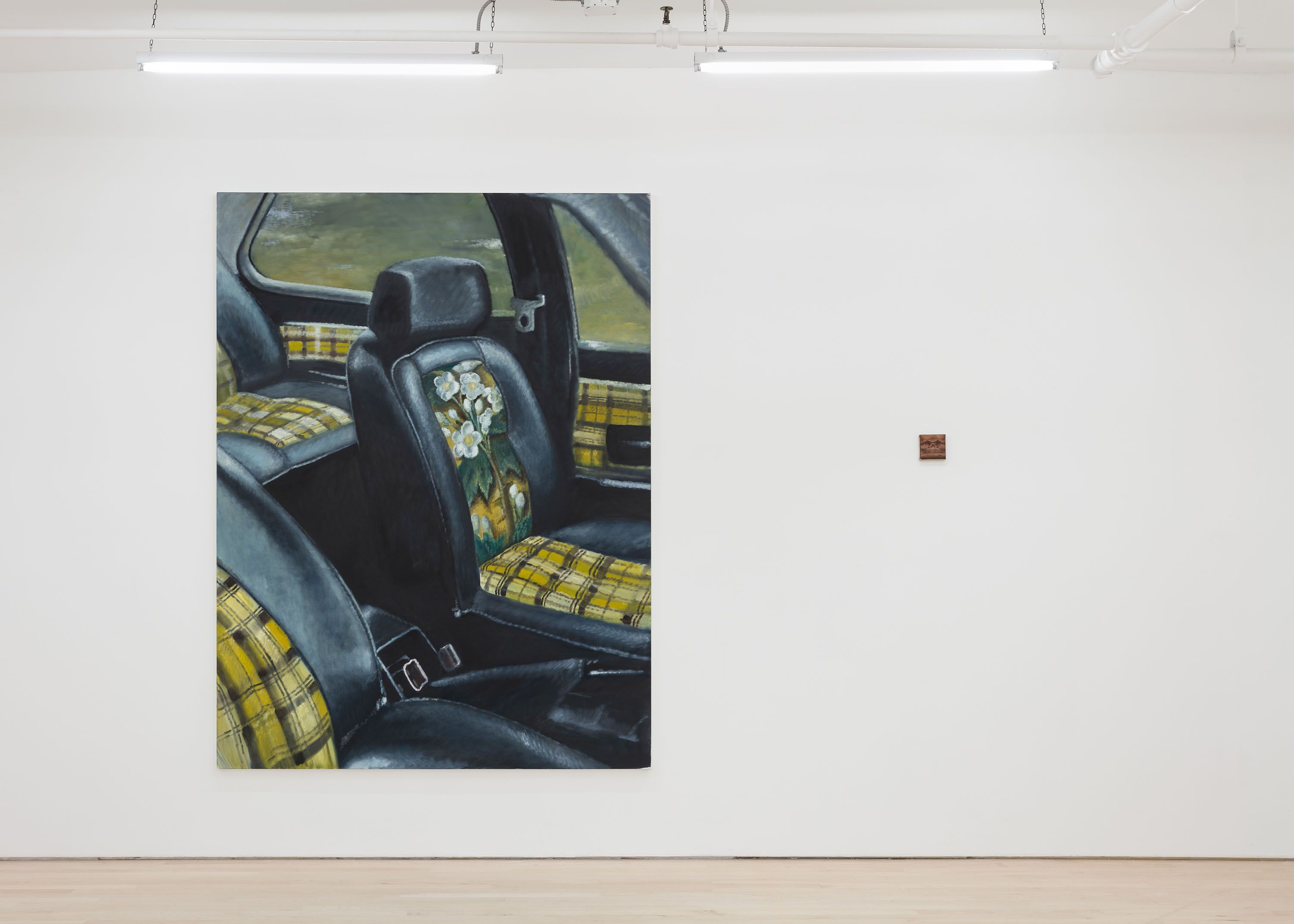
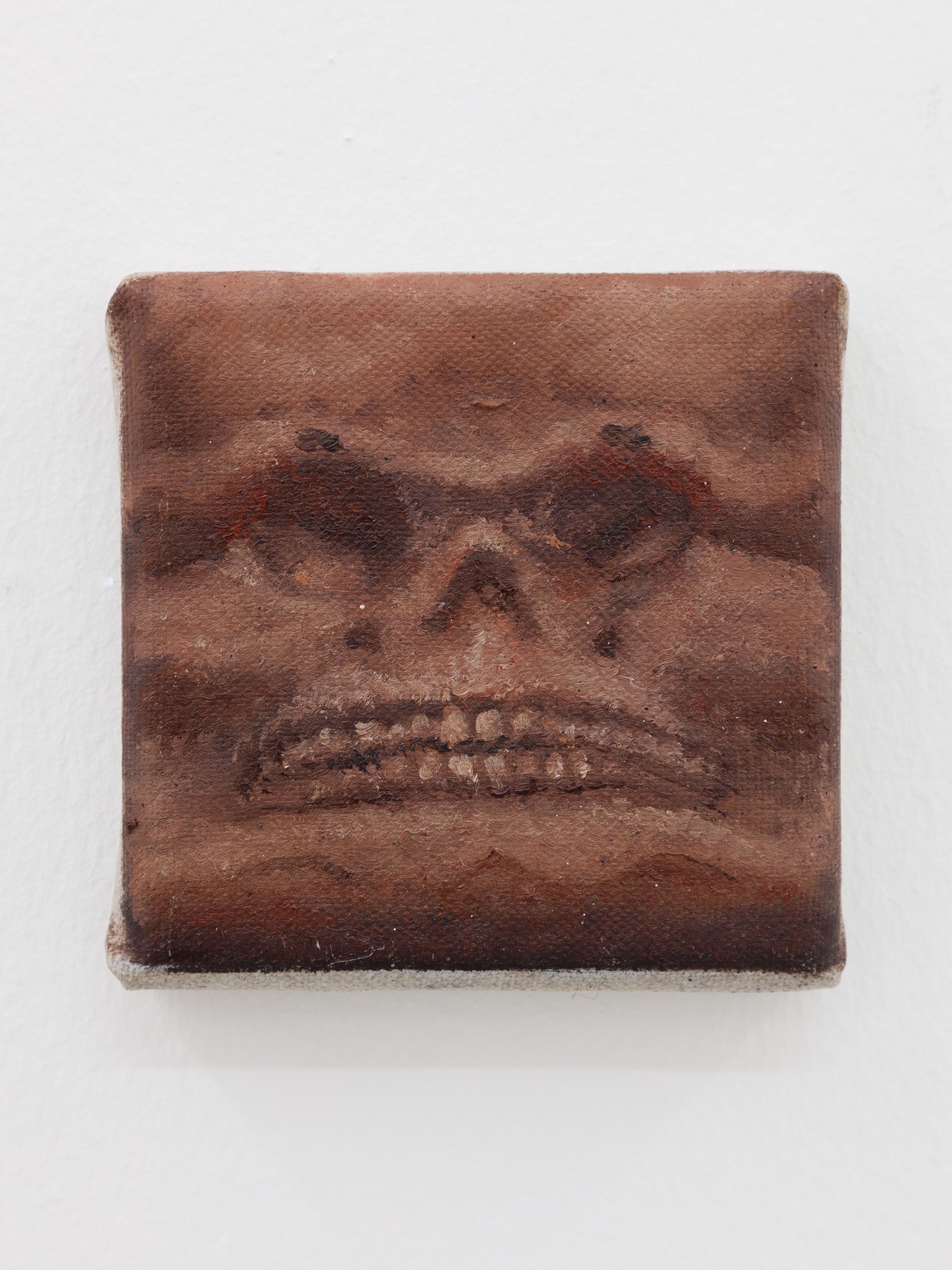
Me in 2007, 2019
oil on linen
4 x 4 in
10 x 10 cm
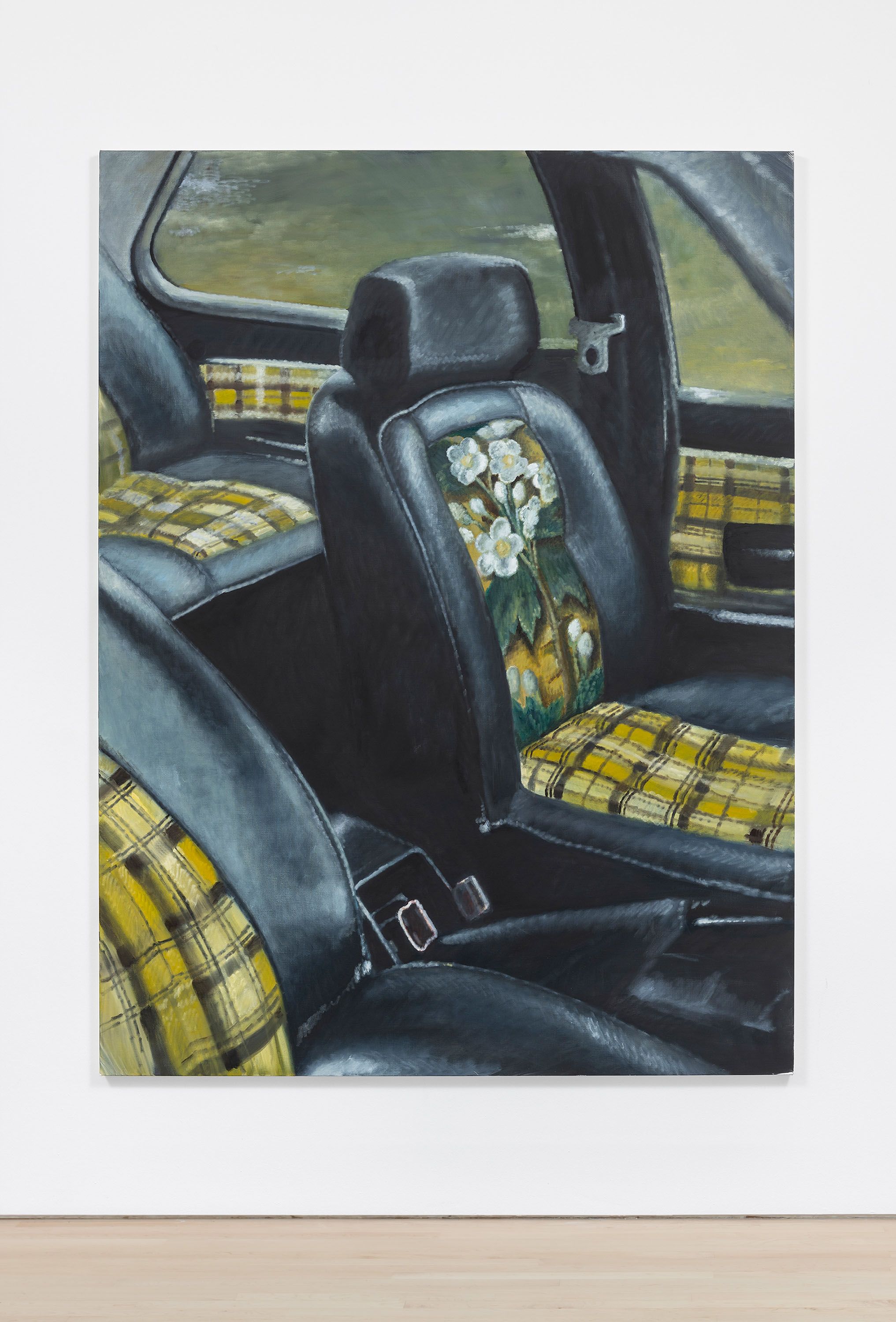
Car interior / For once, 2019
oil on linen
86.5 x 63 in
220 x 160 cm

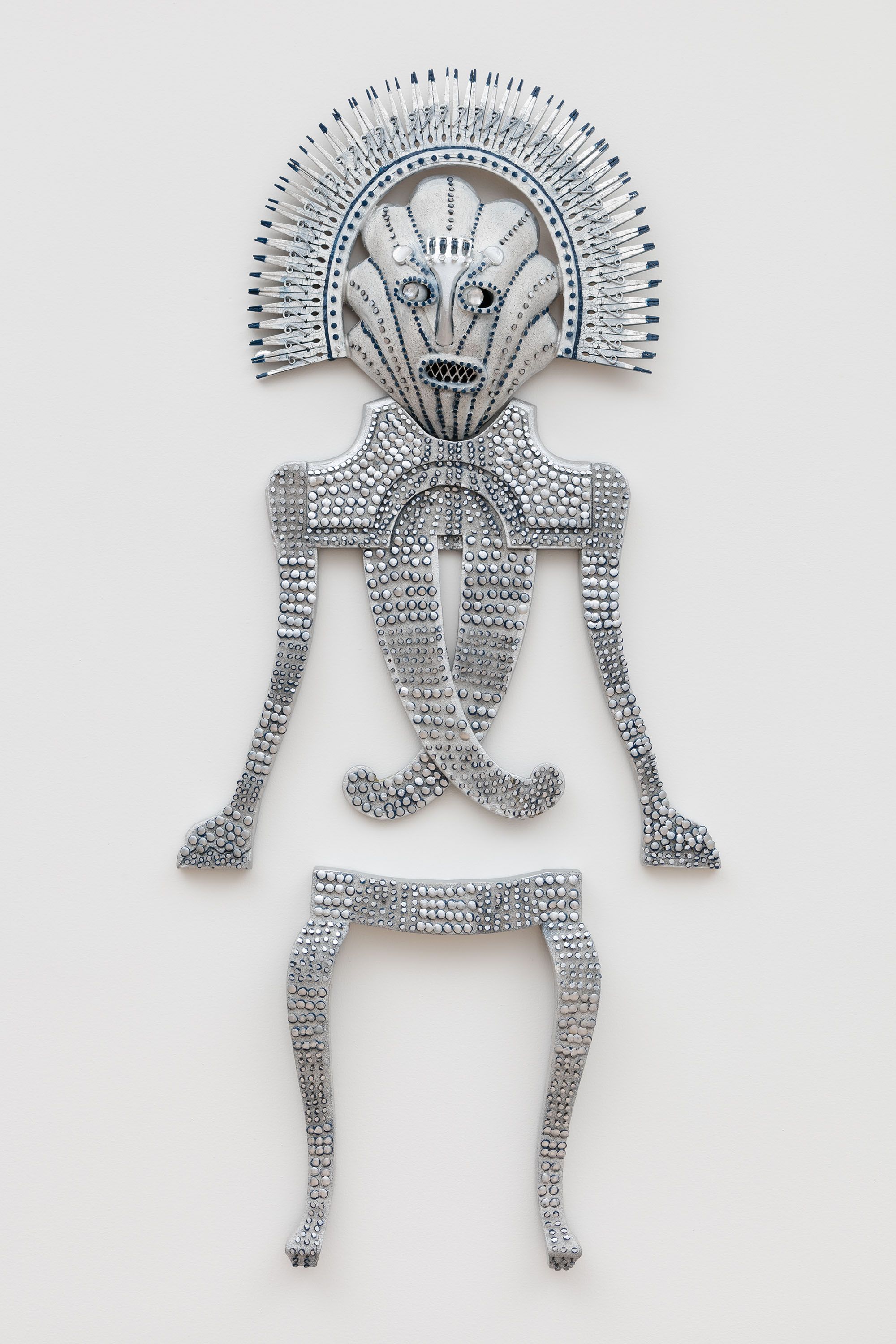
Winter, 2011
chair parts, clothespins, nails, tacks
44 x 21 x 4 in
112 x 53.5 x 10 cm
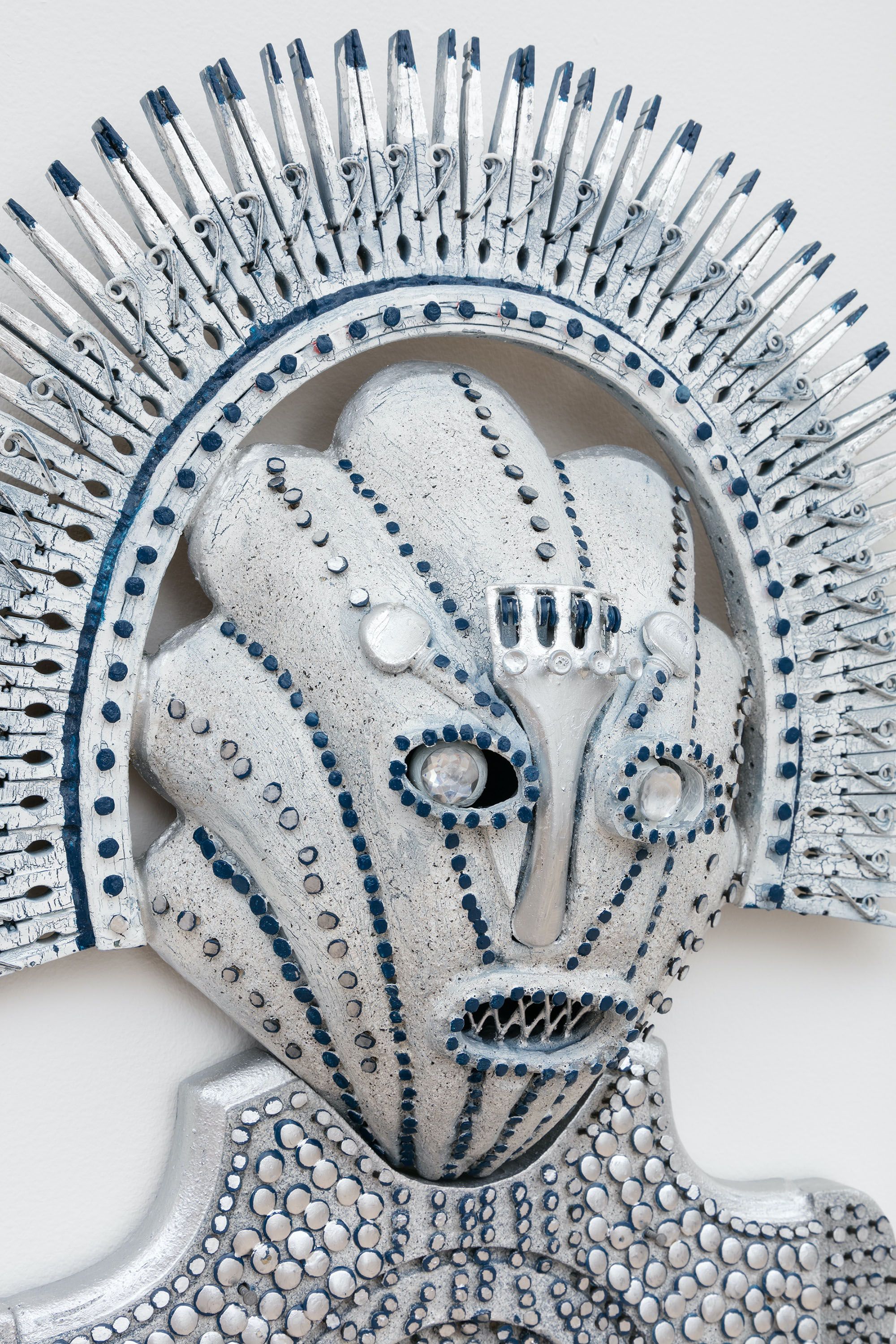
Winter, 2011 (detail)
chair parts, clothespins, nails, tacks
44 x 21 x 4 in
112 x 53.5 x 10 cm

Winter, 2011 (detail)
chair parts, clothespins, nails, tacks
44 x 21 x 4 in
112 x 53.5 x 10 cm

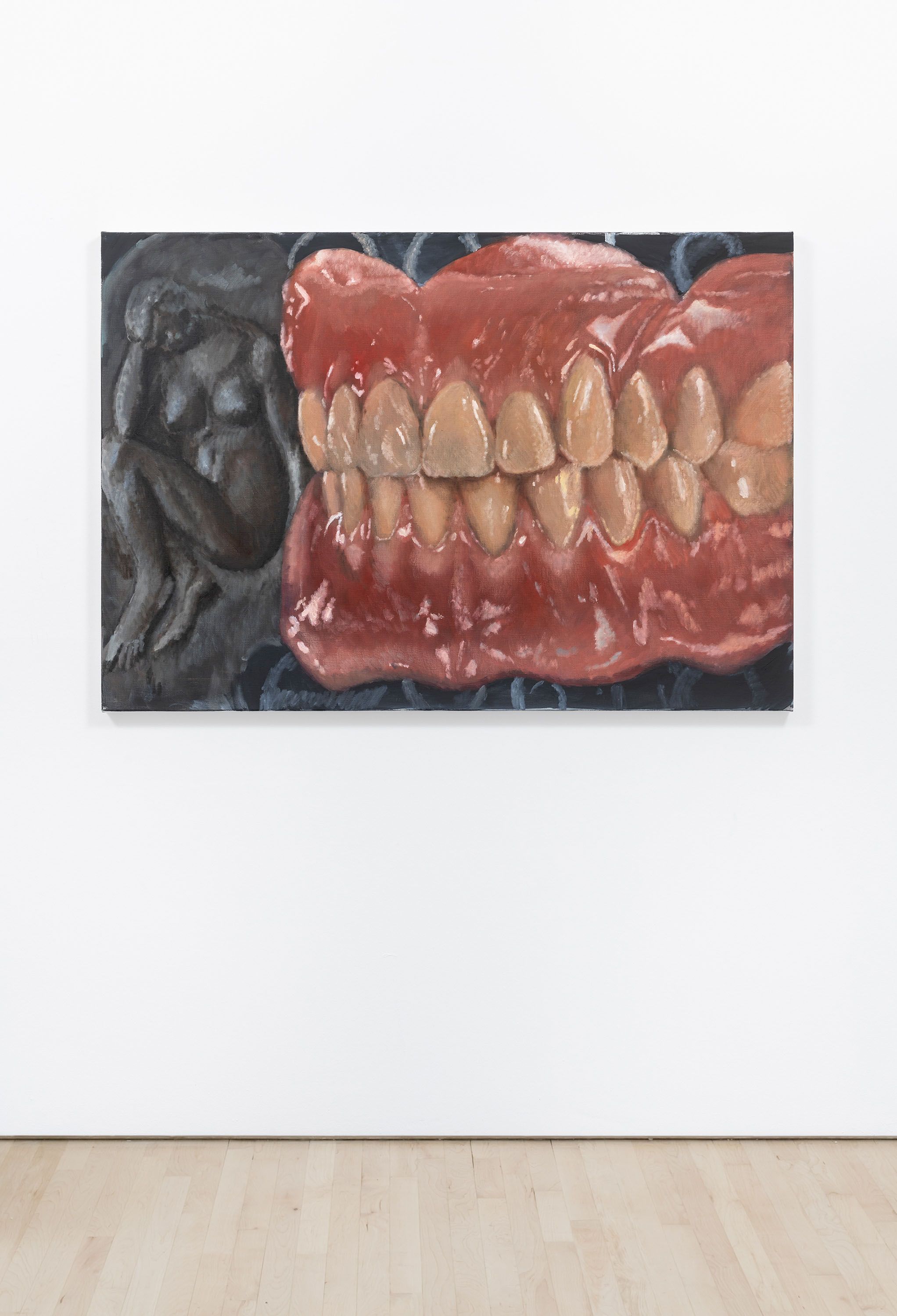
The dream / I came as soon as i heard, 2019
oil on linen
39.5 x 57 in
100 x 145 cm
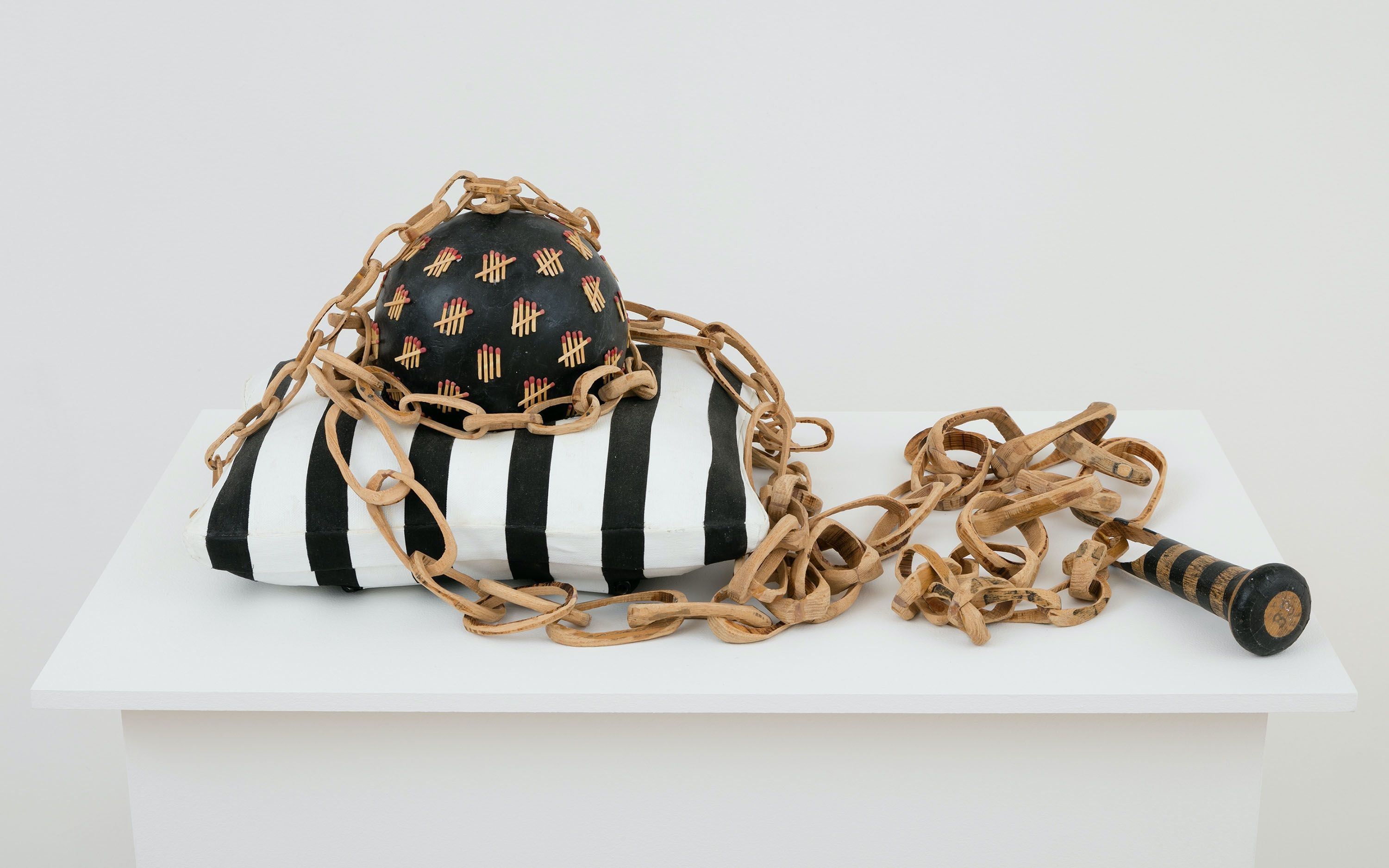
Stolen Base, 2008
baseball bat, plaster, matches
ball and cushion: 10 x 14 x 10 in
ball and cushion: 25.5 x 35.5 x 25.5 cm
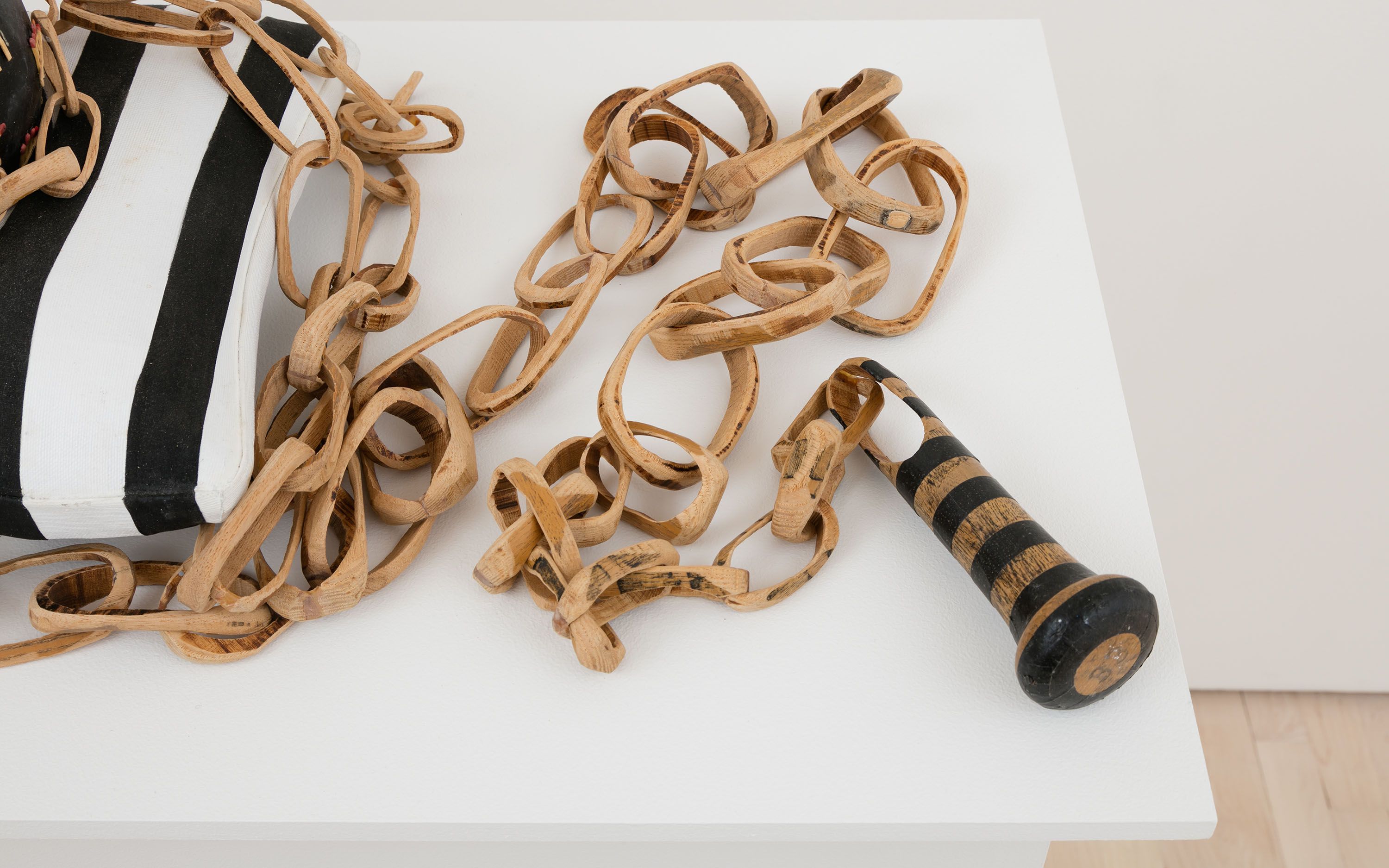
Stolen Base, 2008 (detail)
baseball bat, plaster, matches
ball and cushion: 10 x 14 x 10 in
ball and cushion: 25.5 x 35.5 x 25.5 cm

Stolen Base, 2008 (detail)
baseball bat, plaster, matches
ball and cushion: 10 x 14 x 10 in
ball and cushion: 25.5 x 35.5 x 25.5 cm
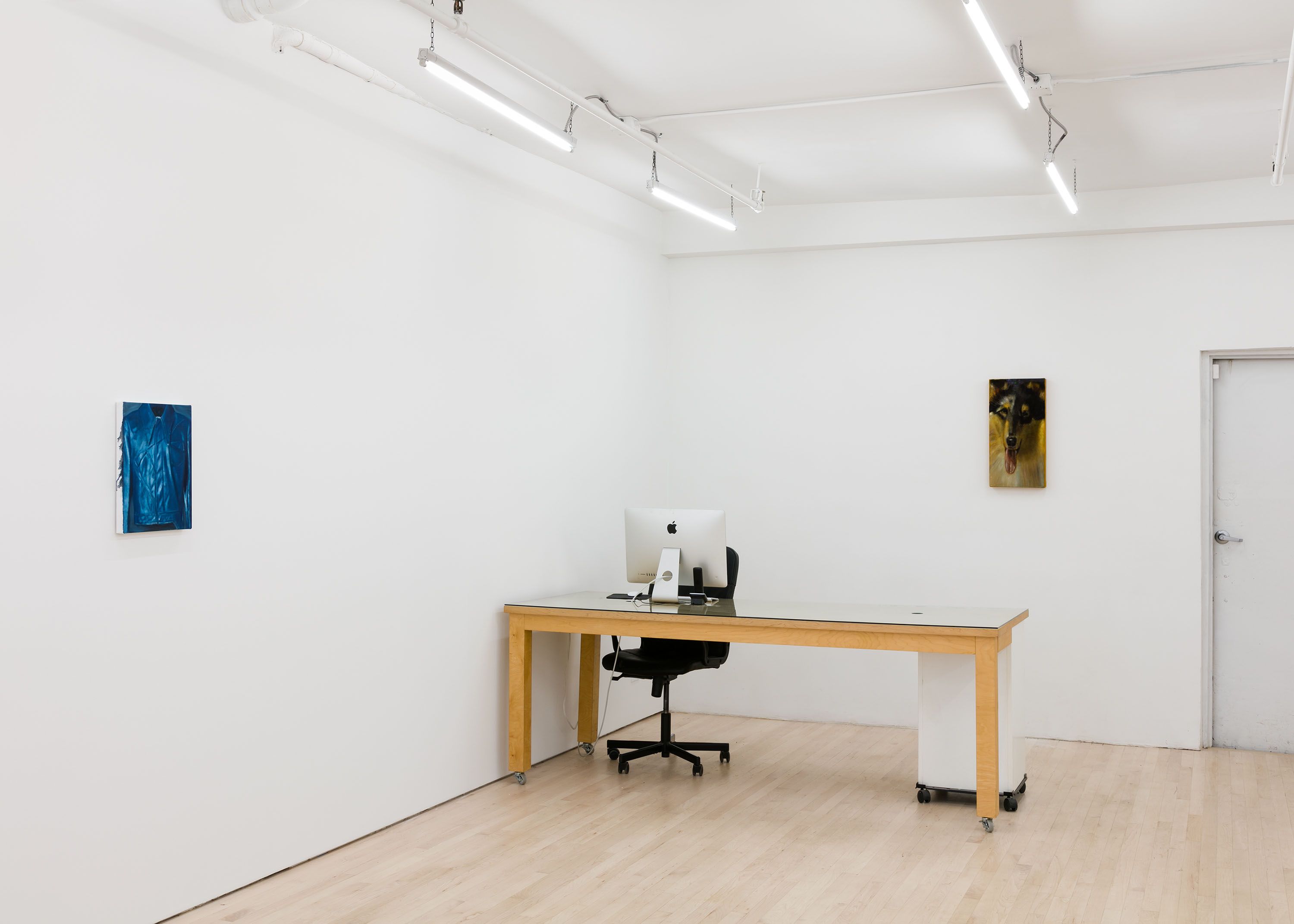

Untitled (S-E-N-T-I-E-N-T), 2019
oil on velvet
23.5 x 12 in
60 x 30 cm